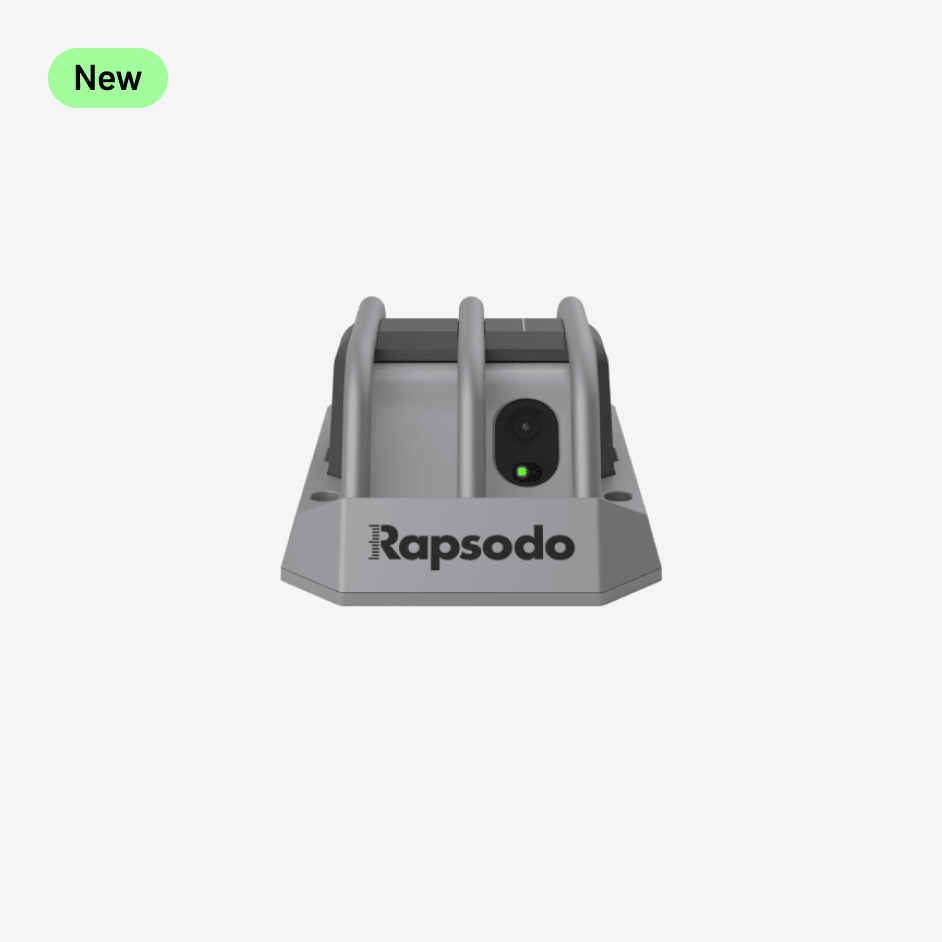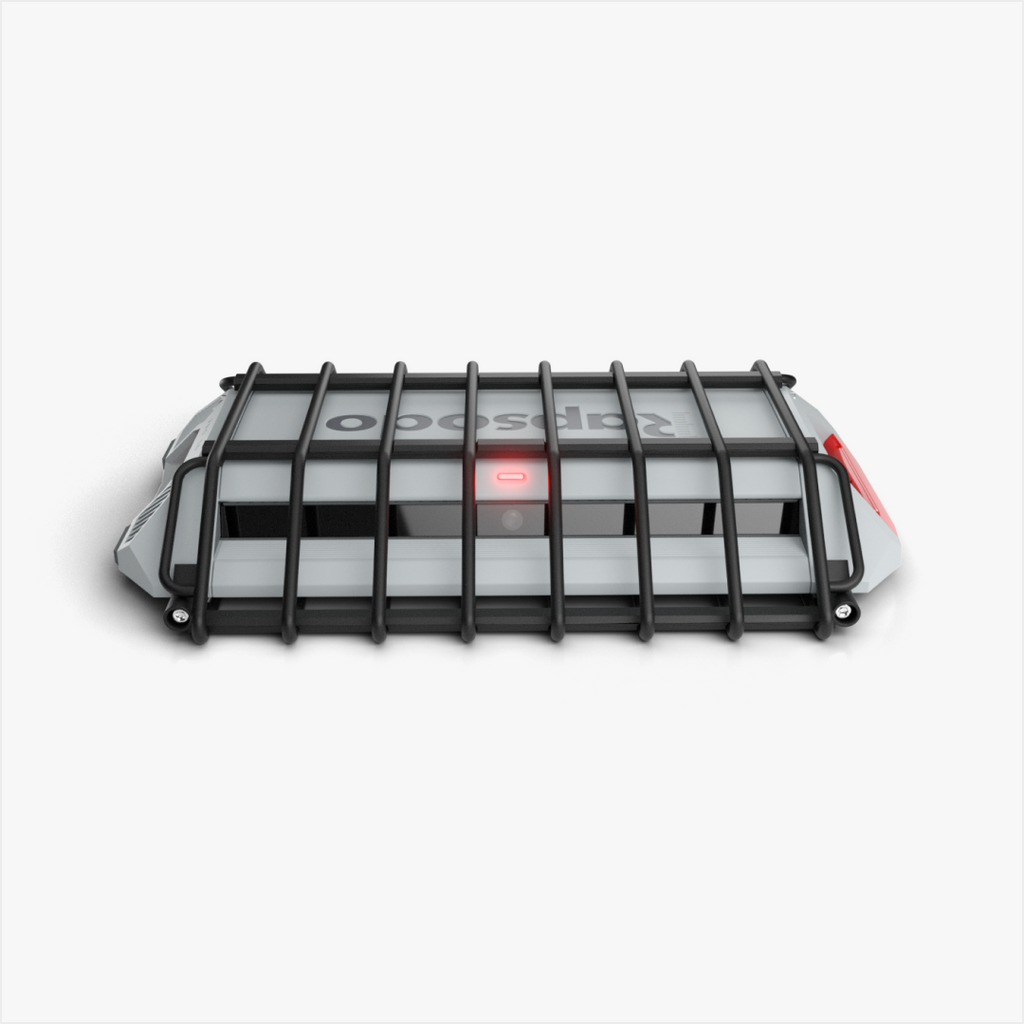Launch angle has become a buzzword in modern baseball, but what does it really mean for hitters?
Some players have taken the launch angle revolution to MVP seasons and multi-million-dollar contracts, while others have struggled to find the right balance between power and precision.
Understanding how launch angle impacts performance and tailoring it to your specific style can be the difference between prolonged success and inconsistency at the plate.
We'll break down the concept of launch angle, provide insight into how different types of hitters can use it to their advantage, and highlight the data that drives better decision-making.
What Is Launch Angle?
Launch angle refers to the vertical angle at which the ball leaves the bat after contact. The stat is measured in degrees and can help determine the type of hit a player produces—ground balls, line drives, fly balls, or pop-ups.

While launch angle seems straightforward, the trick is finding the sweet spot for your particular swing and hitting style. A player’s ideal launch angle often depends on their physical tools and approach at the plate.
Meanwhile, a contact hitter like Luis Arraez, who won the 2023 NL batting title with a .354 average, focuses more on producing line drives, typically maintaining a launch angle in the 10-12 degree range. These players exemplify the diversity in approaches to launch angle and how they cater it to their strengths.
The Power-Precision Balance: Why Launch Angle Matters
Launch angle isn’t just about hitting home runs—though it’s certainly a factor for power hitters. It also plays a role in improving a hitter’s overall performance by ensuring they’re making optimal contact for their style of play. When used correctly, it can boost not just power numbers but also consistency at the plate.
In MLB, the league average launch angle has steadily increased over the past decade, climbing to 12.3 degrees in 2023, up from 10.8 degrees in 2016. This trend has been driven by an emphasis on elevating the ball to avoid ground balls, which have a lower probability of producing hits.

Take a look at the data from Statcast: in 2023, ground balls had an average batting average of just .235, while line drives produced hits at a .673 clip. Fly balls weren’t far behind at .287, and they produced more extra-base hits and home runs than ground balls ever could. So, the question becomes not just whether to elevate, but how much elevation is right for you.
For hitters who rely on power, a higher launch angle tends to be better. Home run leaders like Matt Olson (54 HR in 2023) consistently produce fly balls with a launch angle between 20-25 degrees, which allows them to maximize their power and clear the fence with regularity. Olson’s average launch angle of 18.8 degrees puts him near the top of the league in this category.
For hitters focused more on contact, maintaining a lower launch angle, typically in the 10-15 degree range, is crucial for producing consistent line drives. Players like Freddie Freeman and Jose Ramirez excel at keeping their swings in this range, leading to high batting averages and extra-base hits while limiting strikeouts.
Tailoring Launch Angle to Your Strengths
One size does not fit all when it comes to launch angle. It’s essential for hitters to assess their own skills and objectives to find the launch angle that fits their profile.
Here’s how different types of hitters can leverage launch angle:
Power Hitters: As previously mentioned, players with home-run power benefit from a higher launch angle, often in the 15-25 degree range. A swing designed for loft helps elevate the ball to hit it over the outfield wall or into the gaps for extra bases. For instance, Pete Alonso, who regularly hovers around a 17-18 degree launch angle, focuses on driving the ball into the air. In 2023, Alonso belted 46 home runs, proving that a slightly elevated launch angle can produce monster power numbers.

Contact Hitters: Contact hitters need to prioritize line drives, making a launch angle of around 10-15 degrees ideal. This is the sweet spot for avoiding ground balls while still producing line-drive contact that can lead to base hits. Luis Arraez embodies this approach, with his compact swing and ability to consistently produce low-line drives. His .419 batting average on line drives in 2023 demonstrates the effectiveness of staying within this launch angle range.
Balanced Hitters: Some hitters try to strike a balance between power and contact, blending elements of both. For them, the goal is typically to keep their average launch angle in the 12-17 degree range, optimizing for both power and average. Mookie Betts is a great example of this. His average launch angle of 16.5 degrees in 2023 allowed him to hit for power (39 home runs) while also maintaining a .307 batting average, showcasing the versatility of a balanced launch angle.
Tracking Your Launch Angle and Making Adjustments
Hitting isn’t static, and neither is launch angle. As players age, refine their mechanics, or adjust to new approaches, their optimal launch angle might shift. That’s why tracking your launch angle over time and making adjustments based on your results is key.
For example, if a player notices that their average launch angle has dropped from 15 degrees to 8 degrees over several weeks, they might be hitting more ground balls and need to make adjustments to their swing path. Conversely, a sudden spike in launch angle could signal an increase in pop-ups, prompting the need to flatten the swing.
Players can also correlate launch angle data with other key stats like exit velocity and batted ball outcomes. By understanding how their launch angle translates into game results—whether it’s hard-hit balls, extra-base hits, or ground outs—they can fine-tune their approach to maximize production.
Conclusion: Find Your Sweet Spot
The key to unlocking a hitter’s potential lies in understanding their personal launch angle sweet spot. Whether you’re aiming for more power or trying to improve consistency at the plate, launch angle can be a game-changer when used correctly.
By tailoring it to your strengths, tracking your progress, and making the necessary adjustments, you can strike the right balance between power and precision—leading to success at the plate.
Ready to take your player development program to the next level? Email playerdevelopment@rapsodo.com to learn how Rapsodo can benefit your athletes.













